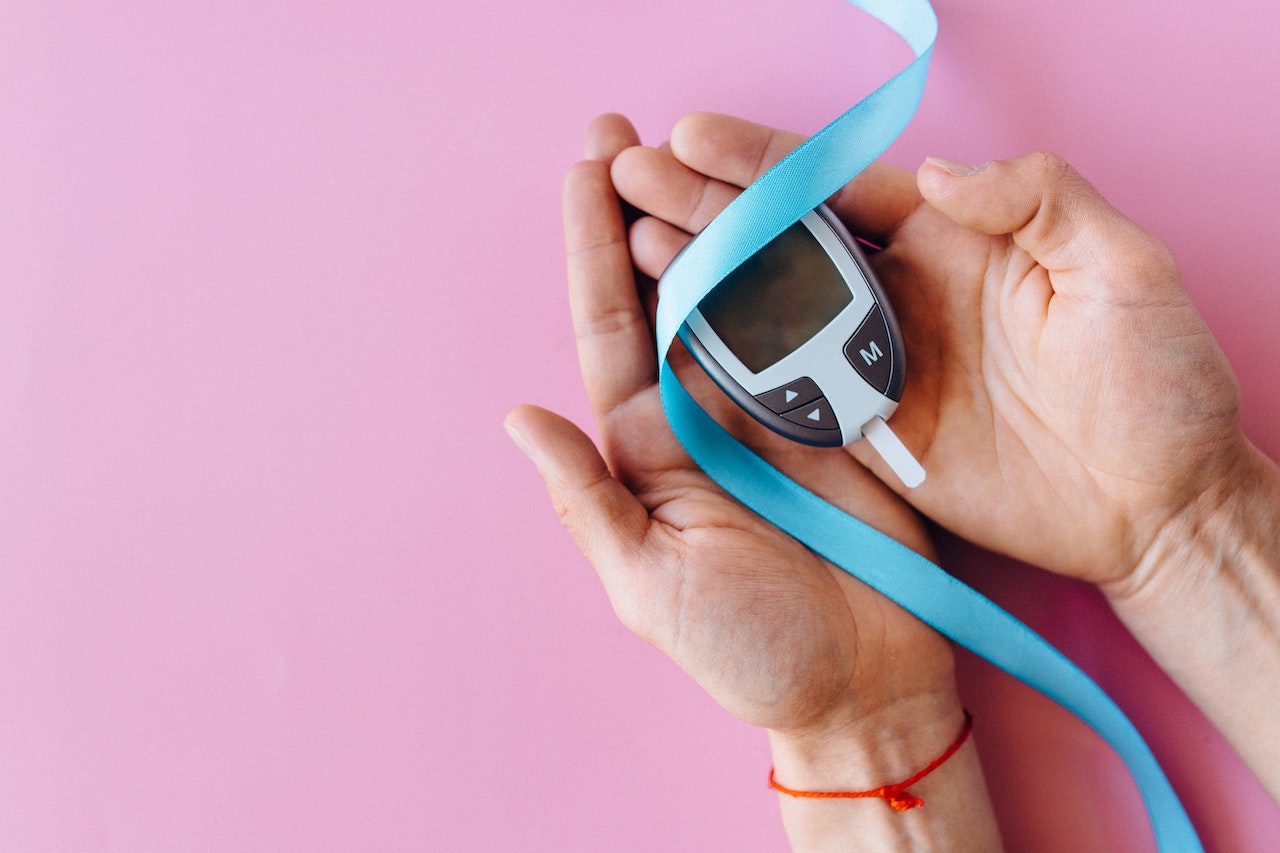
The concept of insulin sensitivity is often misunderstood, leading many to believe that it is a permanent state that cannot be reversed. However, with the right approach to nutrition and exercise, anyone can improve their insulin sensitivity and ultimately reverse it.
In this paper, we will delve deeper into this topic, exploring the science behind insulin sensitivity and how lifestyle interventions can help.
Insulin sensitivity is the body’s ability to respond to the hormone insulin.
The pancreas produces insulin, which is responsible for regulating blood sugar levels by allowing glucose to enter cells for energy. In people with insulin resistance, the cells become less responsive to insulin, leading to high blood sugar levels and a higher risk of developing type 2 diabetes.
Research has shown that the type and amount of food we eat can have a significant impact on insulin sensitivity.
Foods that are high in fiber and low in refined carbohydrates can improve this sensitivity. Fiber slows down the absorption of glucose into the bloodstream, preventing spikes in blood sugar levels and reducing the need for insulin. In contrast, a diet high in refined carbohydrates and sugar can lead to insulin resistance over time.
Exercise has been shown to be a powerful tool for improving insulin sensitivity as well.
Regular exercise helps to increase muscle mass and reduce body fat, both of which can improve insulin sensitivity. Resistance training, in particular, is effective at increasing it by improving muscle mass and increasing glucose uptake.
While it may take time and effort, it is possible to reverse insulin sensitivity through lifestyle interventions. A combination of a healthy diet, regular exercise, and weight management can improve it over time.
Research has shown that people with impaired glucose tolerance who lost just 5% of their body weight and engaged in regular exercise were able to improve their insulin sensitivity.
The misconception that metabolic rate cannot be reversed is a fallacy. In fact, our daily habits – such as diet and exercise – largely determine our metabolic rate. When we engage in regular physical activity and consume a balanced diet, we can effectively boost our metabolic rate and improve insulin sensitivity, leading to better overall health and well-being.
However, insulin sensitivity is not a permanent state. With the right approach to nutrition and exercise, anyone can improve it and ultimately reverse it. A healthy diet and regular exercise are the key factors in improving it and reducing the risk of developing type 2 diabetes. By taking action now, we can improve our health and well-being for the long term.
Sources:
- Arora, T., Hosseini-Araghi, M., Bishop, J., et al. (2019). The Effects of a Low-Carbohydrate Diet on Insulin Resistance in Overweight Individuals: A Metabolic Study. Journal of Clinical Medicine, 8(9), 1335. doi: 10.3390/jcm8091335
- Coker, R. H., Williams, R. H., Kortebein, P. M., et al. (2013). The Impact of Exercise Training Compared to Caloric Restriction on Serum Concentrations of Insulin and Insulin-like Growth Factor-1 in Overweight and Obese Adults. Hormone and Metabolic Research, 45(04), 259-265. doi: 10.1055/s-0032-1321807
- Perseghin, G. (2021). The Role of Muscle Mass in Insulin Resistance. International Journal of Obesity, 45(4), 803-813. doi: 10.1038/s41366-020-00702-1



